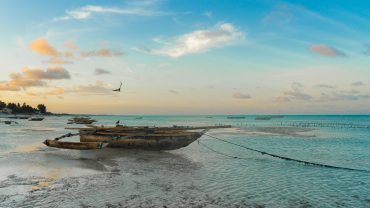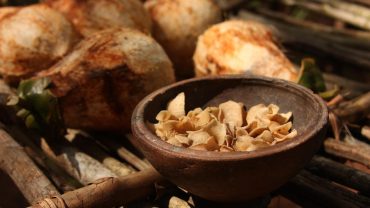Planning a trip to Kenya?
Choosing the right time to visit can make a huge difference in what you see and experience!
Here’s a simple guide to understanding Kenya’s seasons and the best time to plan your adventure:
1. January to March – Warm and Dry (Great Safari Season)
-
Weather: Hot and dry with clear skies.
-
Why Visit: It’s perfect for safaris! Animals gather around water sources, making them easier to spot in parks like Masai Mara, Amboseli, and Tsavo.
-
Bonus: This is also calving season for many animals, so you might see newborns!
2. April to May – Long Rains (Low Season)
-
Weather: Heavy rains, lush landscapes, muddy roads.
-
Why Visit: If you don’t mind occasional downpours, you’ll find cheaper hotel rates, fewer tourists, and very green parks.
-
Tip: Some lodges close during this season, so plan carefully.
3. June to October – Cool and Dry (Peak Safari and Migration Season)
-
Weather: Pleasantly cool (especially in the mornings and evenings), with very little rain.
-
Why Visit:
-
July–October is the famous Great Migration in the Masai Mara — millions of wildebeest, zebras, and gazelles crossing from Tanzania.
-
Best wildlife viewing overall!
-
-
Tip: Book accommodations early — it’s peak season!
4. November to December – Short Rains (Shoulder Season)
-
Weather: Short, light rains (not constant) mixed with sunshine.
-
Why Visit: Parks are quieter, landscapes are fresh and green, and prices are slightly lower compared to peak season.
-
Bonus: December is festive season in Kenya — great energy, cultural events, and beach holidays.
Special Notes:
🌍 Beach Holidays:
If you’re heading to Diani, Watamu, or Lamu, the best beach weather is from January to March and again from July to October.
🦒 Photography:
If you love lush, green landscapes for photography, the rainy seasons (April–May, November) are beautiful — but be ready for muddy adventures!
🎉 Festivals:
Major cultural and music festivals often happen in December — perfect for blending travel with celebration.




Comment (0)